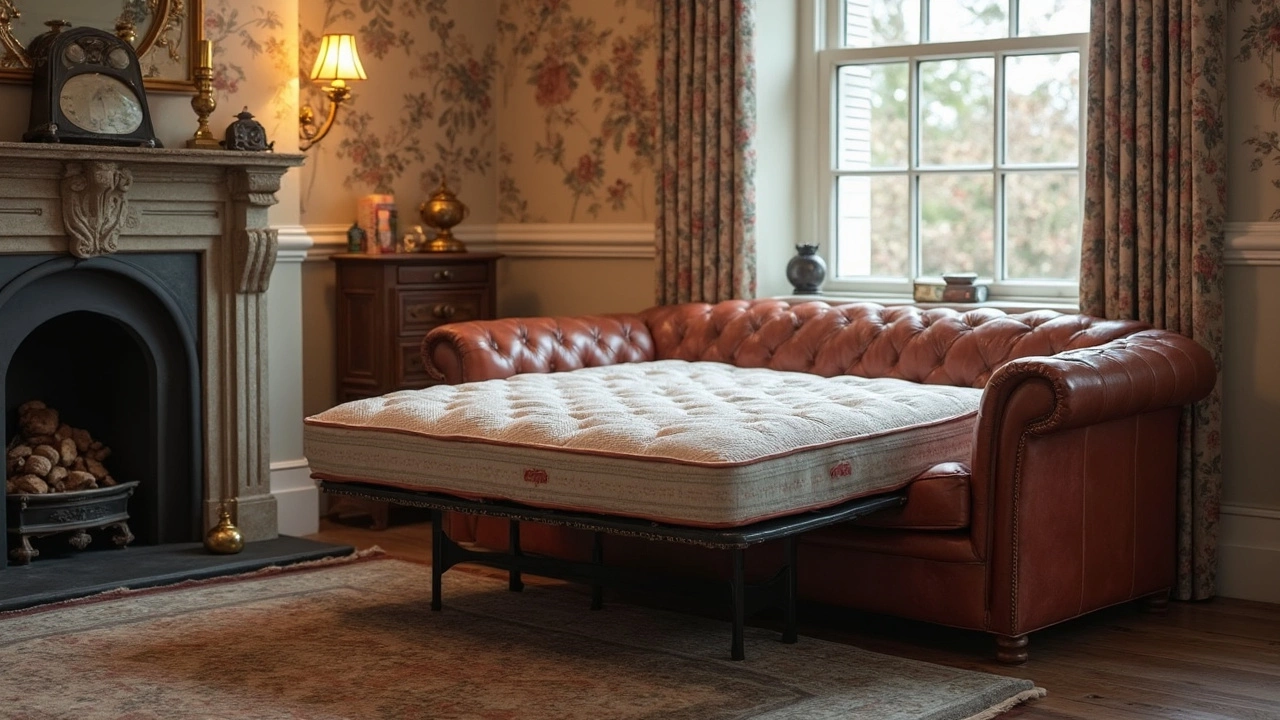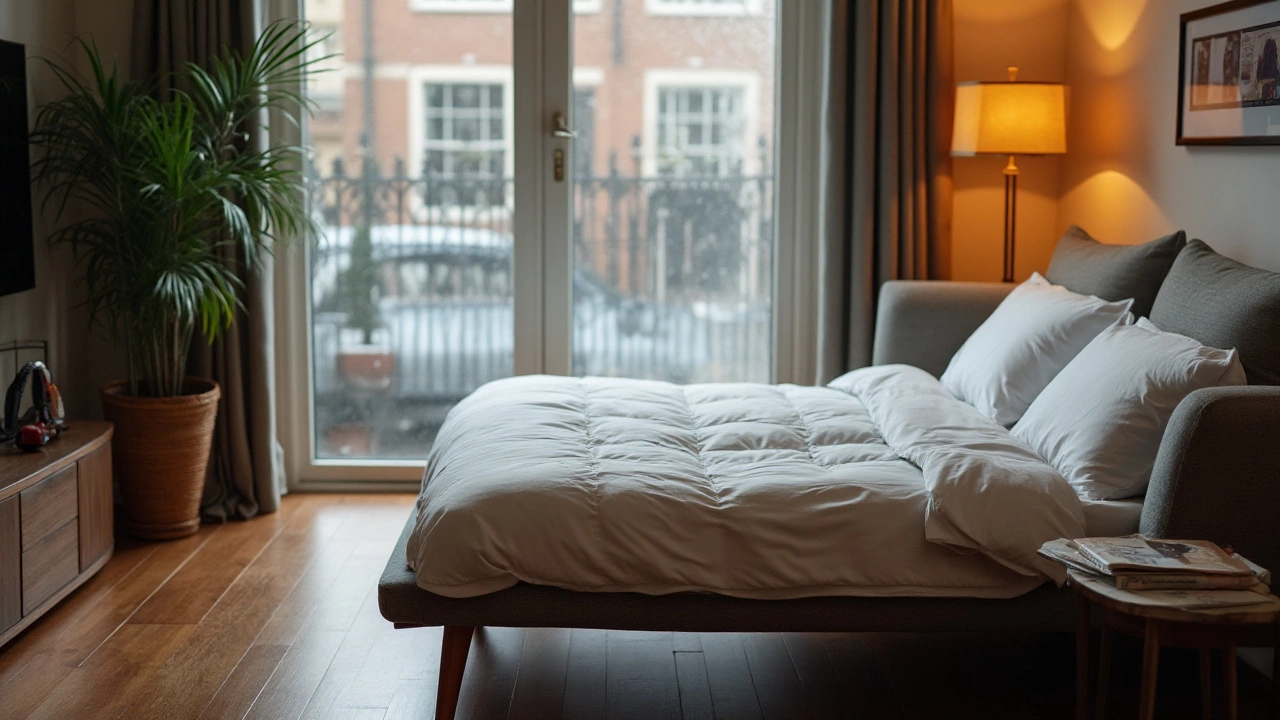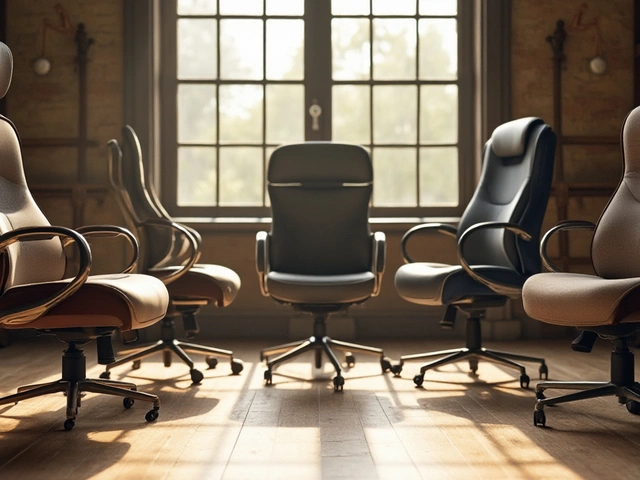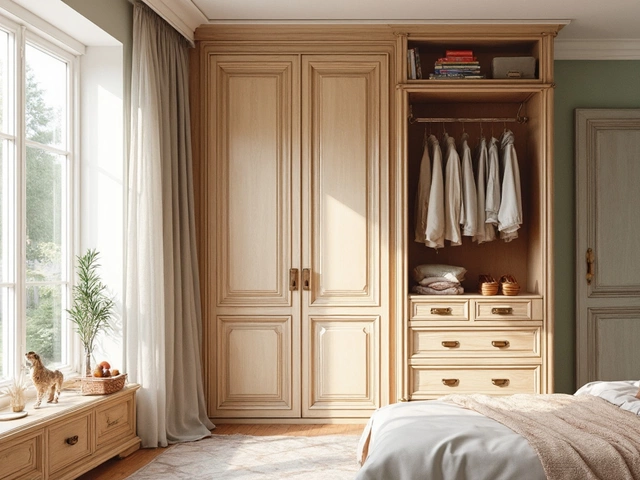
Futon or Sofa Bed: Which Is More Comfortable for Sleep and Sitting?
Choosing between a futon and a sofa bed isn't just about style—comfort plays a huge role, especially if you'll be using it often for both sitting and sleeping. This article breaks down how each option feels in real-life use, from nightly sleeps to movie marathons. You’ll get straightforward comparisons, tips on what affects comfort, and facts to help you decide what fits your home and habits. Whether you host guests or use the space daily, find out which one really holds up. Decide wisely and skip buyer’s regret.

Is It Okay to Sleep on a Sofa Bed Every Night?
Thinking about making a sofa bed your regular mattress? This article breaks down whether you can actually sleep on one night after night without wrecking your back or your mood. It digs into how sofa beds compare to real beds, how to make them less of a pain, and what science actually says about their long-term effects. Plus, you'll find real tips for making a sofa bed more comfy and healthy. You'll leave knowing if the convenience is worth the trade-off.

Is It OK to Sleep on a Couch Every Night?
Sleeping on a couch every night might seem cozy at first but could have long-term effects on your posture and health. While couches offer a temporary solution for sleeping, it's crucial to consider the wear and tear on both your body and the couch itself. Learn about the pros and cons, tips to make couch sleeping more comfortable, and when it's time to invest in a better sleeping arrangement.

Can You Really Put a Mattress on a Sofa Bed?
Figuring out how to make a sofa bed more comfortable can be tricky. Many consider throwing a mattress on top of it, but is it a good idea? While it might seem like a quick fix, there are some important things to consider. Let’s explore how a mattress can affect your sofa bed and what alternatives might offer a better night's sleep.

Are Sofa Beds Suitable for Daily Use? Expert Insights and Tips
Sofa beds can be a convenient and space-saving solution, but are they comfortable enough for everyday sleeping? This article explores the practicality of sleeping on a sofa bed nightly, offering tips for making it more comfortable. We delve into construction differences, types of mattress materials, and how to maintain their longevity. Learn how to choose the right sofa bed for your needs and ensure a good night's sleep every night.




